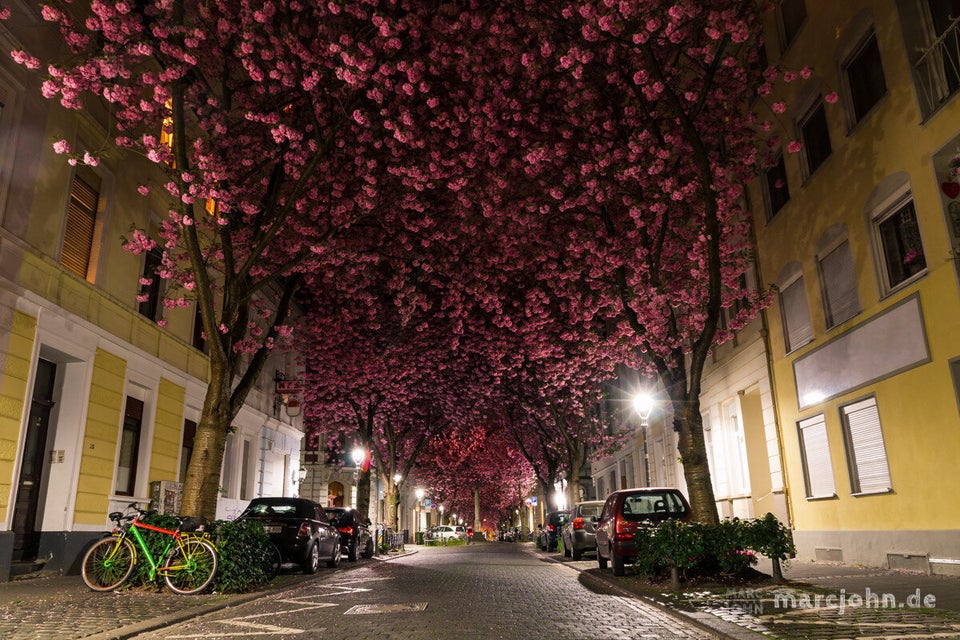If you travel around the world, you'll find no shortage of wonderful sights and sounds.
But after you've had your fill of leaning towers, skyscrapers and enormous man-made monuments, sometimes you've got to return to the basics, and go au naturale when you want to be really wowed.
So, in honour of Earth Day, here's a small round-up of Mother Nature's greatest wonders to remind you why it's worth taking some time out of your day to make the planet a cleaner place.
Advertisement
Mount Roraima, Venezuela
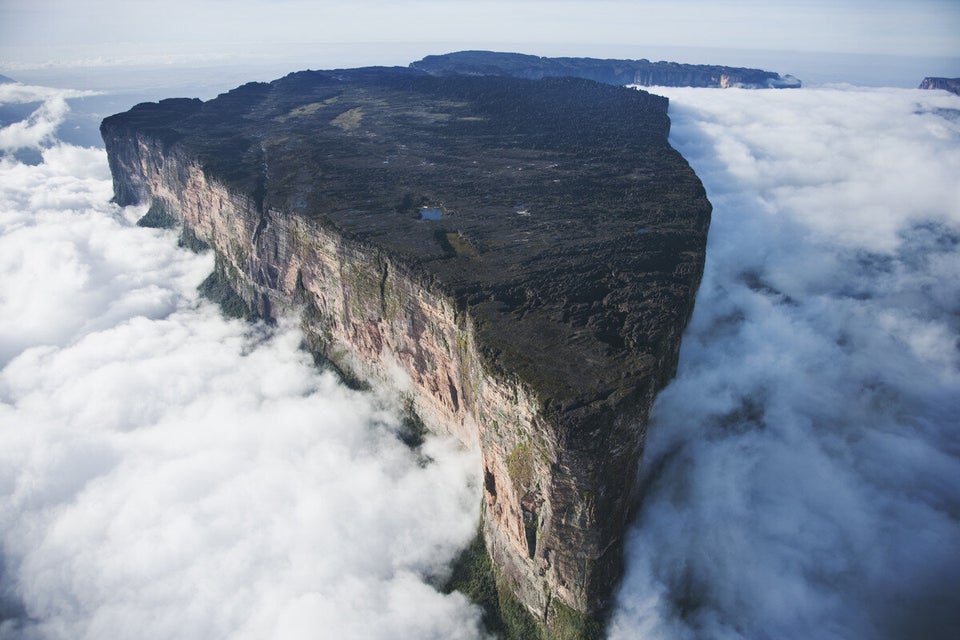
Getty
What's more impressive: the view from Mount Roraima or the fact that you can hike up its 400-foot tall cliffs? Those willing to brave the trek will be rewarded with stunning wildlife at the mountain's undisturbed ecosystem at its summit.
Zhangye Danxia Landform Geological Park, China

Getty
While it could pass as a work of art, the mountains in Zhangye Danxia Landform Geological Park are very much real. The mountain range formed over 24 million years ago after coloured sandstone and deposits were pressed together, then ruptured by shifting tectonic plates.
The Grand Prismatic Spring, United States

Flickr: Alaskan Dude
Located in Wyoming's Yellowstone National Park, the Grand Prismatic is America's largest hot spring. If that isn't impressive enough, check out its spectrum of colours: they're caused by a growth of pigmented bacteria around the edge of the spring, feeding off of the minerals in the water.
Advertisement
Son Doong Cave, Vietnam

Getty
Meet the world's largest cave. For years it went unnoticed, until British explorers fleshed out the area in 2009. Now it's open to tourists looking to feel tiny and insignificant among the cave's five-and-a-half mile-long network of paths, rivers and forests.
Lake Retba, Senegal

Getty
Who knew a combination of salt and bacteria could result in something so.. Pink? Lake Retba, or Lac Rose, as it's known to some locals, is home to lots of salt, so much that locals jump in to harvest chunks of it. This is also home to the Dunaliella Salina bacteria, and when it absorbs sunlight, it sheds a natural pigment that turns the surrounding water pink.
Cano Cristales, Colombia

Getty
Sure, it looks like someone might have poured toxic waste into a perfectly good river, but Colombia's Cano Cristales is actually nicknamed "The River of Five Colours" for its seasonal bloom of moss which turns the rocks beneath the water into vibrant shades of purple, green, red, yellow and magenta.
Advertisement
Fingal's Cave, Scotland

Flickr: Rodents Ruke
Located on the uninhabited island of Staffa, in the Inner Hebrides of Scotland lies Fingal's Cave, a collection of hexagonally jointed basalt columns. Continuous crashing of waves during ocean storms wore away at a fissure, causing it to break open and create the opening travellers can see today.
Salar De Uyuni, Bolivia
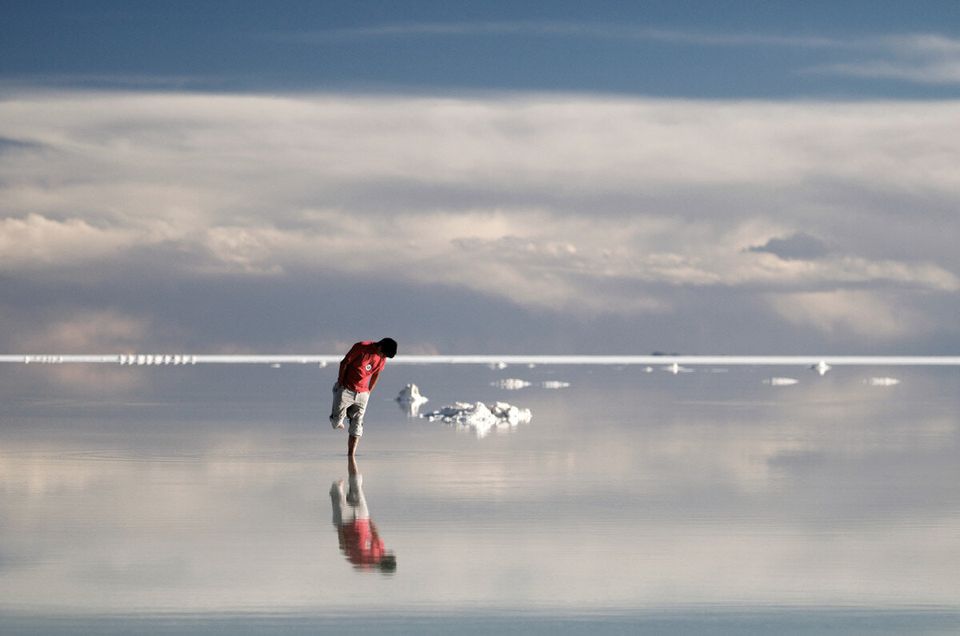
Getty
If you're seeing double, there's a strong chance it just rained in Salar De Uyuni. The Bolivian salt flat is the result of an ancient salt lake evaporating, leaving behind a tons of residue. Add enough water, and the area essentially becomes a giant mirror.
Bigar Waterfall, Romania

Flickr: Ifindkarma
You can find this beauty in the Romania's western region, by the Anina Mountains. The water drops off a moss-covered cliff and feeds into underground springs underneath which lead to the nearby Minis River.
Advertisement
Pamukkale, Turkey

Getty
What do you get when you mix mineral forests, petrified waterfalls, and ethereal hot springs safe for swimming? You get Turkey's Pamukkale. Its name loosely translates to "cotton castle" in Turkish, and is a designated UNESCO World Heritage Site.
Great Blue Hole, Belize
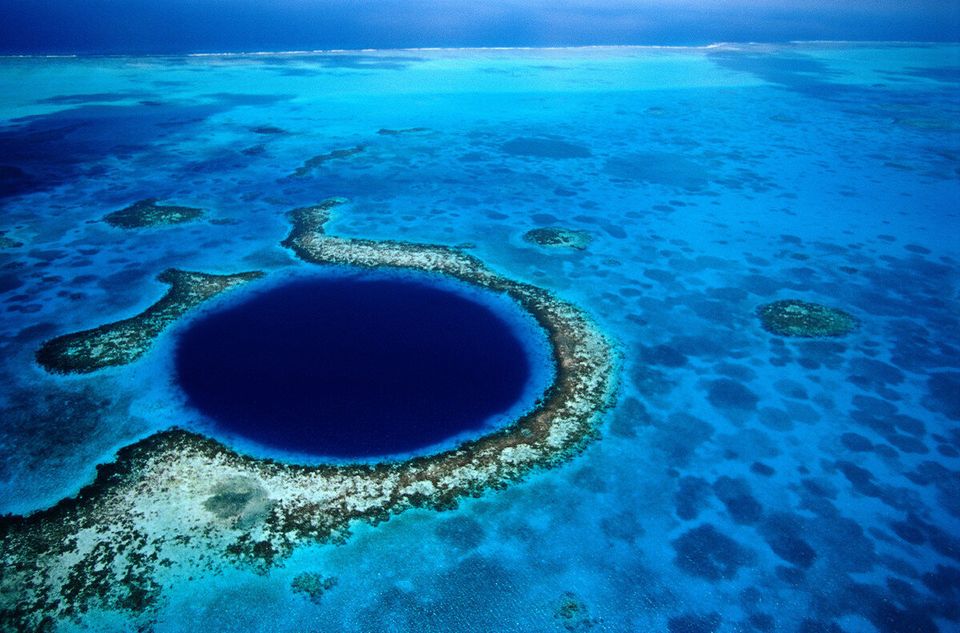
Getty
Belize's Great Blue Hole is exactly what you'd think it is: it's big, it's blue and it's a hole. Researchers say the sinkhole is the largest of its kind, originally formed after a limestone cave flooded due to rising sea levels, collapsing and leaving a special diving spot popular with tourists.
General Carrera Lake, Chile

Getty
This might be hard to believe, but in the middle of General Carrera Lake's pristine turquoise water once stood an entire island of marble. Over time, the lake's waves wore down the marble and created what's known as the "Marble Cathedral".
Advertisement
Spotted Lake, Canada

Getty
Travel through the Oskogan Valley in British Columbia to find this odd lake. The body of water gets its name from the spots of concentrated minerals which determine the spots' colours. The spots typically show up in the summer after the temperature causes the surround water to evaporate.
Orda Cave, Russia

Getty
Fancy a view with your swim? Head to the Orda Cave in Russia's Urals region, where the water-filled caves span 4.8 km underground. The water's clarity comes from the cave's gypsum deposits which allow for up to 45 metres of visibility.
Giant Crystal Cave, Mexico

Getty
What it lacks for in an original name, Mexico's giant crystal cave makes up with unusual giant crystal formations. But first, travellers will have to travel through the the Naica Mine, located in Chihuahua, Mexico, some 300 metres below ground level to find them.
Advertisement
Thor's Well, USA
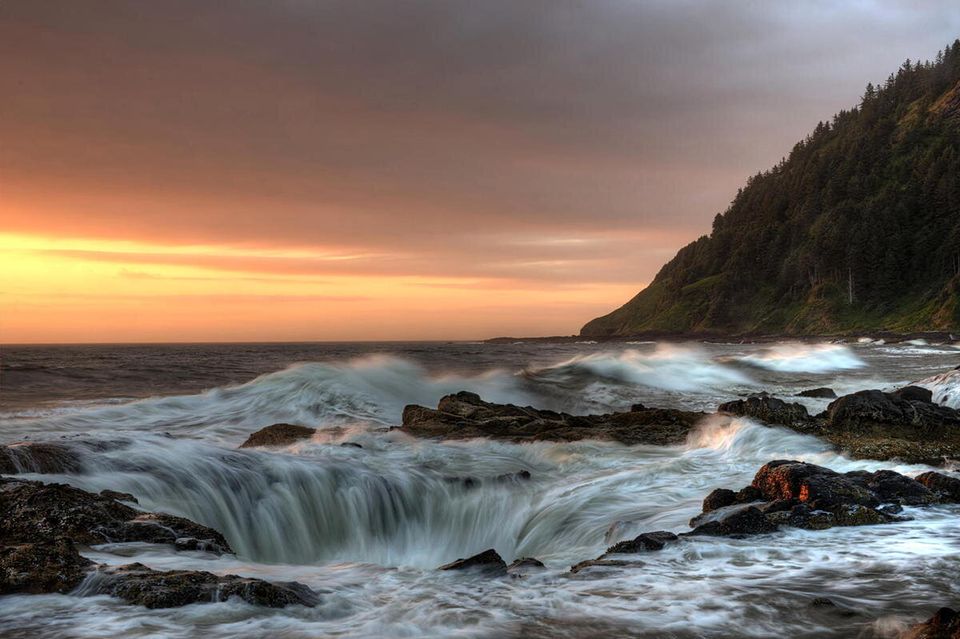
Svilen Kanev 500PX
Located off the coast of Cape Perpetua in Oregon is Thor's Well. It's a natural fountain powered by the Pacific Ocean. Watch out -- once the waves start crashing in, the splash back can be intense!
The Wave, USA

Flickr: Eternally Creative
If someone is telling you to do the wave in Utah, they could be referring to this natural wonder by the Utah-Arizona boarder. The formation gets it shape and colour following millions of years of erosion from sand , leaving the strata smooth and compacted, giving it its layer effect.
Vatnajökull Ice Caves, Iceland

Leave it to Iceland to show you how ice caves are done. Located in the country's Vatnajökull National Park, tours of these frozen wonders are only available during the country's winter season.
Advertisement
Waitomo Glow Worm Caves, New Zealand
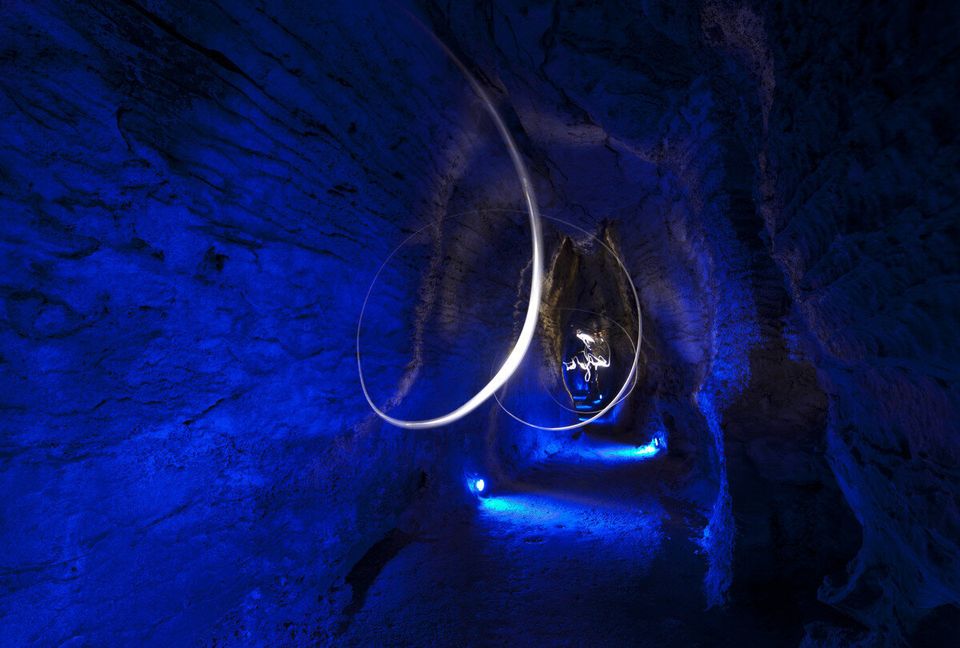
Getty
If it's not bacteria creating funky colours, then it's probably glow worms! Inside the Waitomo Glowworm Grotto are colonies of Arachnocampa luminosa, a specific type of glow worm exclusive to New Zealand.
Got a natural wonder that didn't make our list? Tell us in the comment section below or on Twitter @HPCaTravel
Like this article? Follow us on Twitter
Also on HuffPost
